The Fan Connection
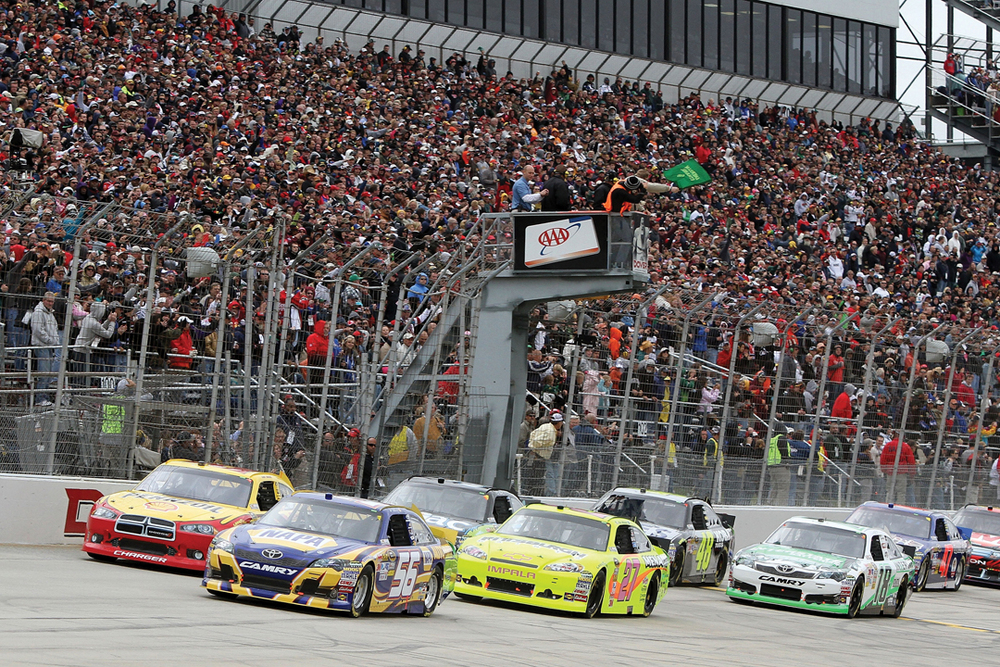
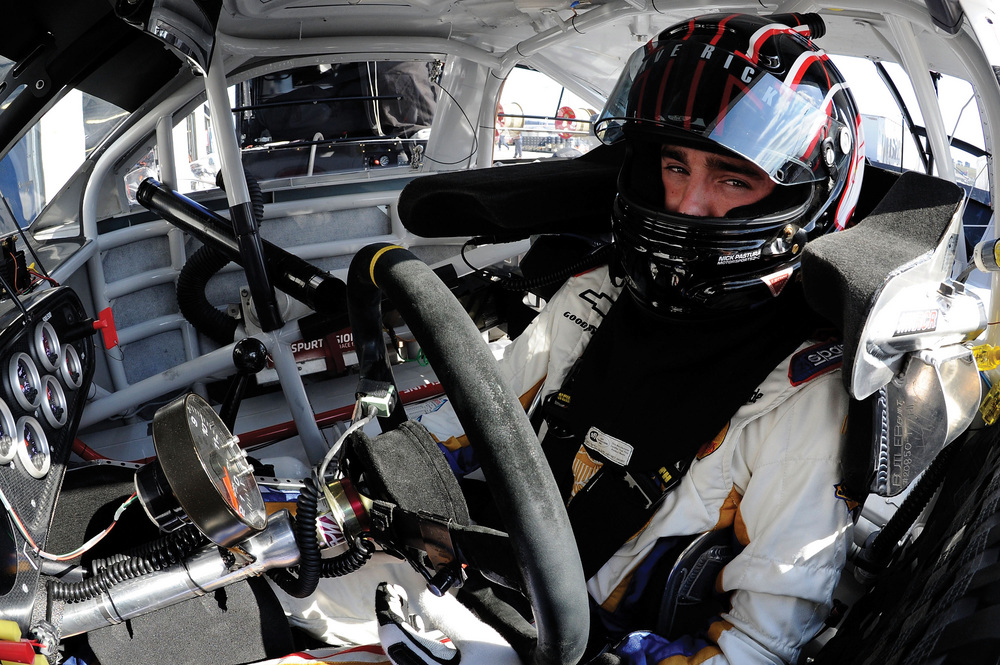
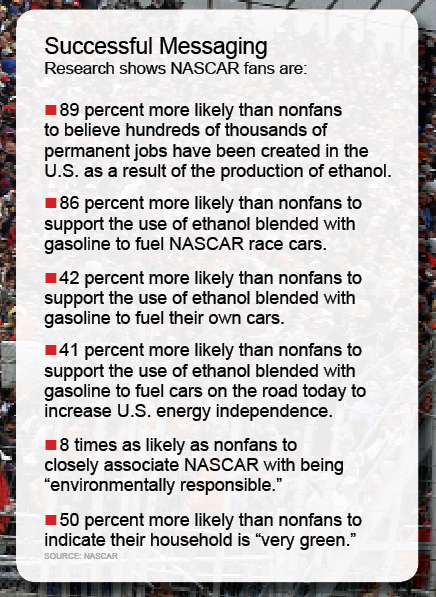
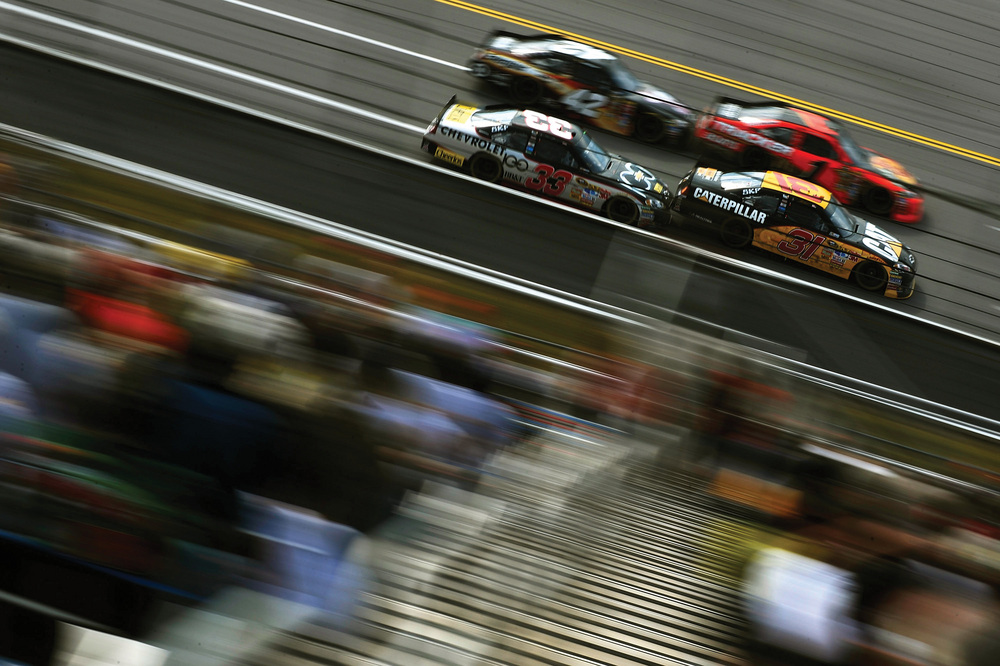
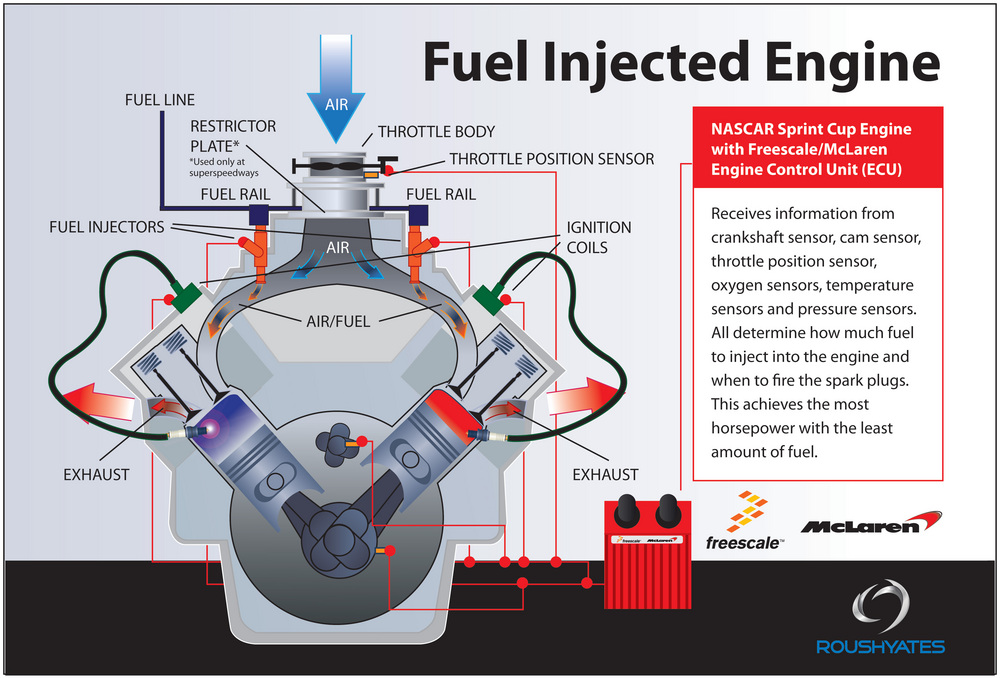

PHOTO: JERRY MARKLAND/GETTY IMAGES
February 22, 2012
BY Holly Jessen
The basic message of 2011 was simple: If E15 is good enough for NASCAR racecars, it’s good enough for street cars too.
Backing up that message is the fact that NASCAR made no changes to the engines and very few changes to the vehicles overall to prepare for its switch from unleaded gasoline to E15, says Mike Lynch, director of green innovation for NASCAR. The only change to NASCAR racecars from 2010 to 2011 was a new fuel cell. Basically, racecars don’t have a hard gas tank like passenger cars—they use a bag supported by a structure. As a precaution, this container was swapped out for an alcohol-compatible component. “That’s not an engine performance component at all, it’s literally the gas tank,” he says. “Otherwise, under the hood, we were all good with where we were before.”
The decision to make no changes was based on extensive testing over about a year and a half. NASCAR first tested E15 in engines on a dynamometer (dyno) at multiple engine shops on Dodge, Chevy, Ford and Toyota engines. Next, drivers put E15 through its paces during thousands of miles of performance and endurance testing on racetracks. Every test was double-and triple-checked to make absolutely certain nothing would go wrong before NASCAR committed to making the switch to E15, Lynch says, adding that testing wrapped up right before the October 2010 announcement that NASCAR and American Ethanol were entering into a three-year partnership, including the switch to E15.
Looking back on a year of more than a million miles fueled by E15, NASCAR couldn’t be happier, Lynch tells EPM. Thanks to ethanol, racecar drivers saw a 5 to 10 percent increase in horsepower, depending on the race and the conditions. And, although critics often gleefully point to the fact that ethanol has one-third the energy density of gasoline, NASCAR really didn’t see a big loss in mileage, Lynch adds, saying the decrease wasn’t anything of note. “One of the things that makes it conducive to ethanol, without any adjustment whatsoever, is the higher compression ratio than would be typical for any street car,” he says. “It’s a 12 to 1 compression ratio, which is really key to taking advantage of the higher octane characteristics of ethanol and an ethanol blend.”
NASCAR is proud to have American Ethanol as partnership and proud to help spread the positive message about ethanol’s impact to jobs and energy independence, Lynch says. “Everyone in NASCAR leadership couldn’t be more passionately on board with this partnership. NASCAR green is here to stay and American ethanol as a part of it is here to stay as part of it for the long term.”
Advertisement
Advertisement
It’s a message NASCAR fans have strongly identified with too. Known for their loyalty to the sport, which includes brand loyalty to the logos displayed everywhere—on the cars, on driver clothing and around the track—NASCAR fans are showing signs of supporting ethanol in increasing numbers. That was proven in the results of NASCAR research to gauge changing attitudes about ethanol and the environment. “American ethanol—so corn ethanol—is good for the environment, it serves the environment, it contributes to major job creation in the U.S., and helps us strengthen our energy independence,” Lynch says. “On those three points, our fans definitely understand that.”
Three years ago, the result of the research was nearly identical for both fans and nonfans. Follow-up research released at the end of 2011 showed a radical shift, with NASCAR fans showing much greater support for environmentally responsible behavior and ethanol. Lynch credits NASCAR’s focus on making the sport greener, including the switch to E15, for this shift. “They know—and this is a trust that has been earned over 60 years in the sport—that NASCAR would never introduce something that we haven’t done our homework on and didn’t believe was the right thing to do for a number of reasons, including for our country,” he says.
Of course, NASCAR isn’t the only place people are hearing the environmentally friendly message. It can be found in many places, such as children’s movies and the green efforts of some large corporations. Lynch asserts, however, that NASCAR and NASCAR fans are taking it even further. “With the sport going in a green direction and ethanol being a major aspect of that, fans are going with it too,” he says. “The thing is that they are going to it to a much greater degree than nonfans.”
That’s not a small thing, considering that 20 percent of the U.S. population identifies themselves, on some level, as fans of the sport. That adds up to more than 65 million people. Avid fans make up about 20 percent of that group, about 12 to 15 million people. “Our fan base is absolutely enormous,” he says. “So when you talk about fans versus nonfans, and our fans moving in a direction, you are talking about a massive number of people having the benefit of fact-based education and exposure about what we are doing.”
Author: Holly Jessen
Associate Editor of Ethanol Producer Magazine
(701) 738-4946
hjessen@bbiinternational.com
===============================
Advertisement
Advertisement
Transition to Fuel Injection
Since the 1980s, most car engines have used fuel injection. Not so for NASCAR racecars, which have used carburetors since 1949. This season, all Sprint Cup Series race cars will have transitioned to fuel injection—a technology NASCAR says will work well with E15. “Fuel injection is just going to make it an even stronger story,” Lynch tells EPM.
Fuel Injection means maximal performance for minimum fuel use. It also works hand-in-hand with E15 to reduce greenhouse gas and particulate emissions. “You get the best intersection of performance and environmental friendliness that you can get, in terms of the current state-of-the art engines,” he says. “We’re expecting fuel injection to be great actually for E15 and the data on that will roll out over the year.”
NASCAR has three partners in rolling out fuel injection—McLaren Electronic Systems, Freescale Semiconductor and Bosch. Basically, says Steve Nelson, Freescale’s director of marketing for the Americas, it’s about bringing electronics into NASCAR racecars. While some might wonder why this wasn’t done years ago, the truth is carburetor technology worked just fine in the past. “A racecar is a very rarified beast,” he says. “It does one thing—it wants to go fast—and anything that doesn’t help it do that, it’s not interested in. It’s not worried about air conditioning, it’s not worried about the radio.”
Computerized fuel injection will allow for rapid and real-time adjustments that will add up to reductions in emissions and increased fuel efficiency. “The more electronics you put in, the more control you have,” he says. On the fuel-efficiency side, it’s hard to give exact numbers. Carburetors are efficient enough when a racecar is running full out, especially on a long track, Nelson says. Fuel-efficiency gains will be most noticeable on shorter tracks.
With fuel injection, fans won’t see spurts of flame shooting out of the exhaust when drivers lift off the throttle, especially when they enter the pit area. While the flames may look exciting, it’s a signal of inefficiency. “Air is still flowing at a very high rate through the engine, so what it is doing is pulling gas through the engine, and that’s unburned gasoline that’s coming out at the exhaust pipe,” he says, adding that with fuel injection, fuel flow stops instantly as drivers lift off throttle. All this fits in well with NASCAR’s greener image, of which ethanol is a major part. “The fuel injection will help reinforce that green message,” Nelson says. “At the end of the day it’s motor sports—burn the fuel, win the race—and yet, this is another piece of that tie-in.”
Second, fuel injection will help connect racecars with the passenger vehicles fans drive every day. “The customer sees ethanol at the pump, they see ethanol at the track, and now they see fuel injection at the track,” he says, adding that the electronics in NASCAR Sprint Cup Series racecars are the same as the ones that go into passenger cars.
Upcoming Events





